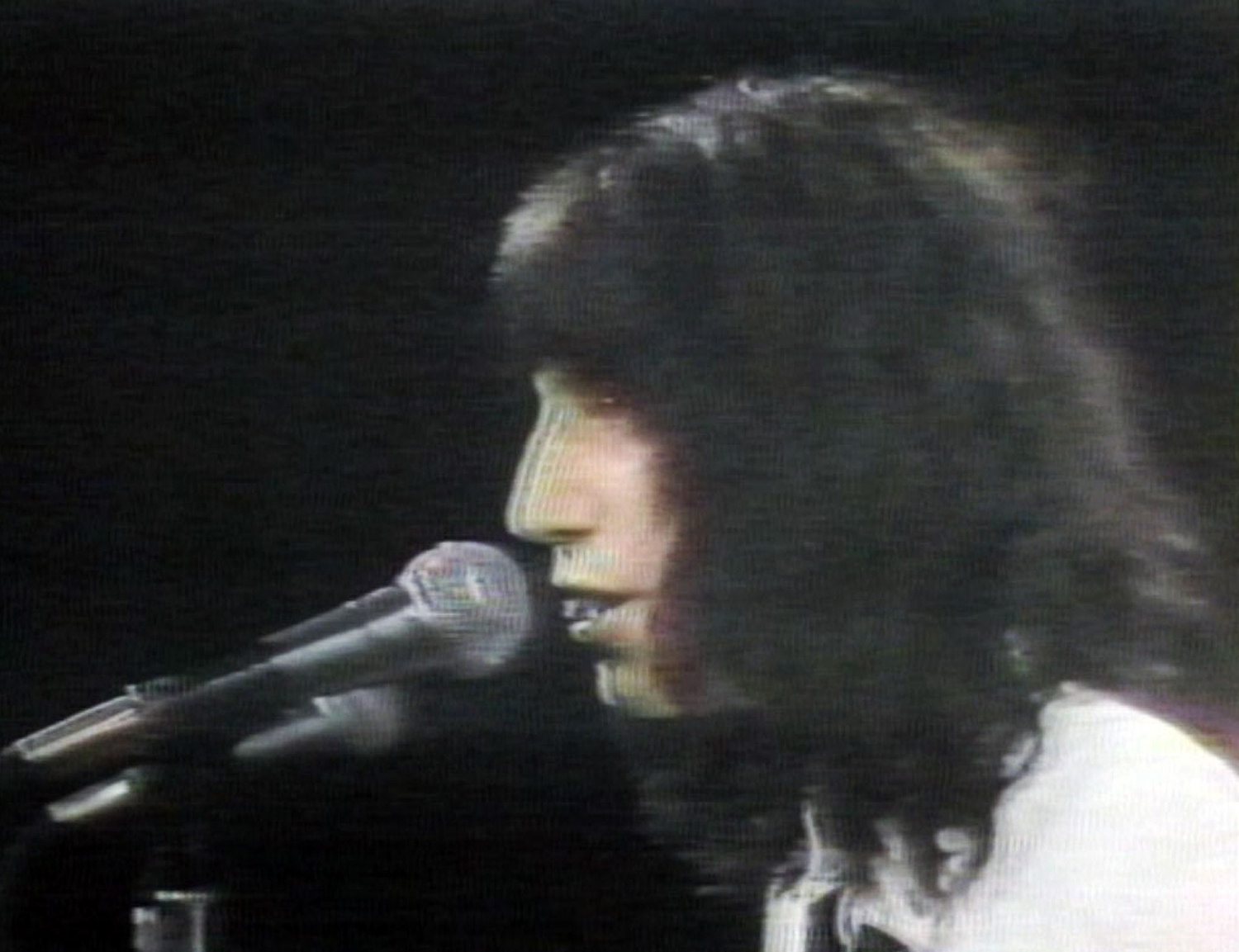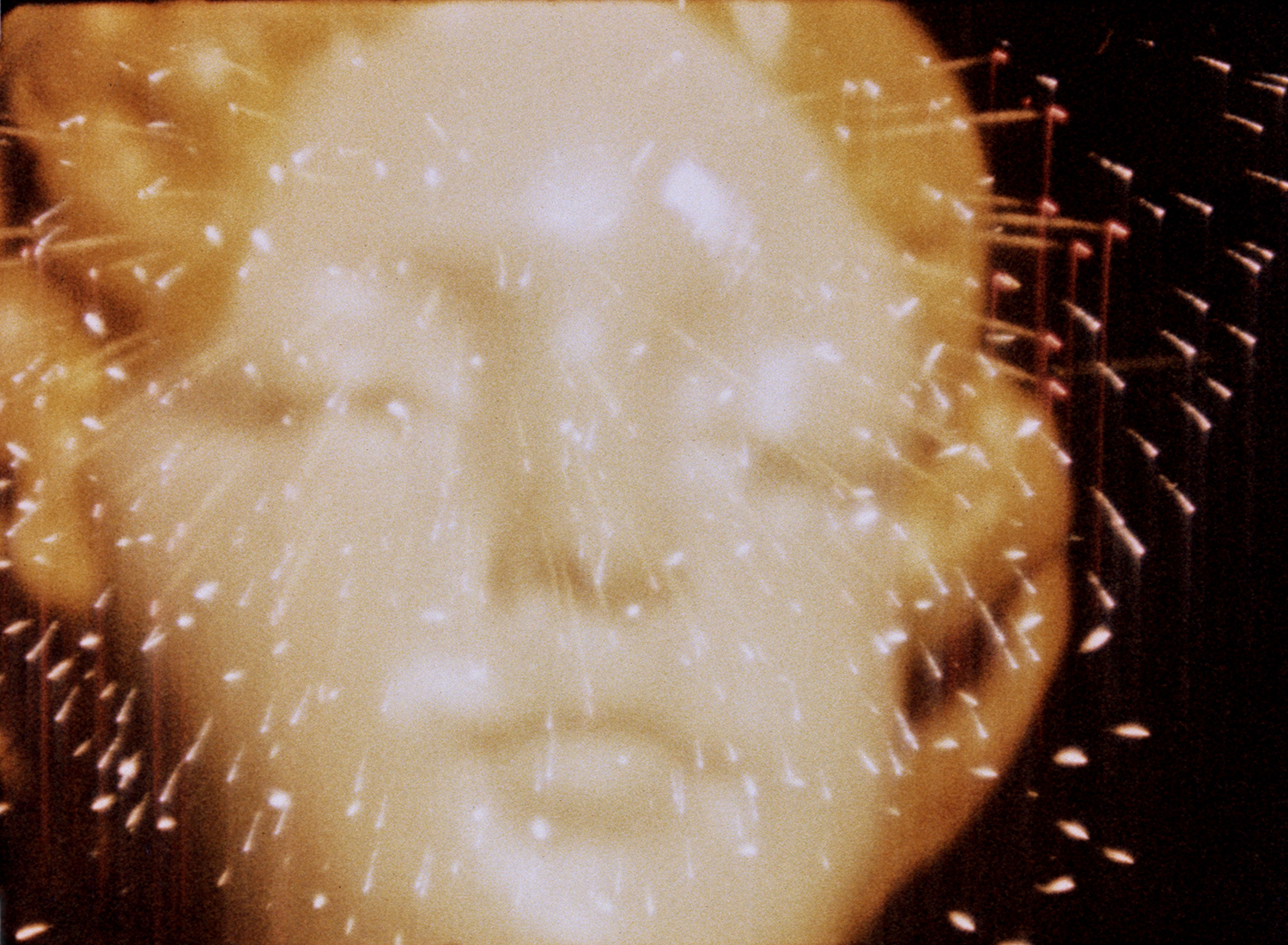Cinema without talking about cinema. A non-cinephilia. From an artist who’s used music to inspire everything from video to theater to essays to glass pavillions. Patti Smith, Jerry Lee Lewis, Eddie Cochran, etc. And the Shakers. A coming together of voice-over, singing and shouting, jarring sounds, and overlaid texts that propose a genealogy of rock music and an ambitious, needn’t-be-quite-so thesis about the origins of North America's popular culture. Largely due to its ardent embrace of aggressive music, lo-fi aesthetics, political interest, and free-wheeling historiography, the video has become a landmark work of artists' moving image. But it has remained, possibly for the same reasons, one of Graham's least written about works —underappreciated and possibly misunderstood by the critics who otherwise celebrate him.



